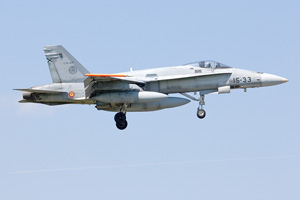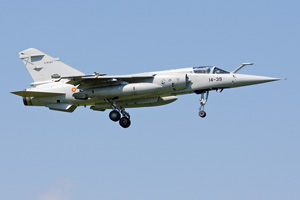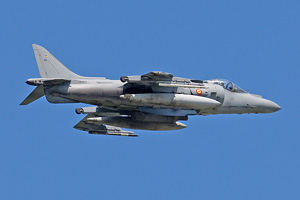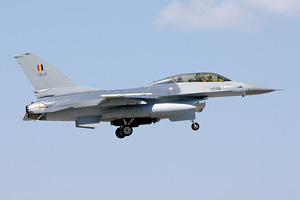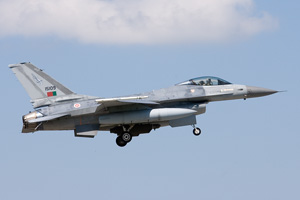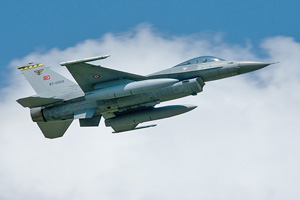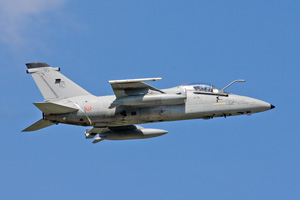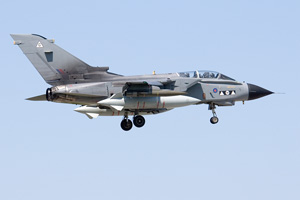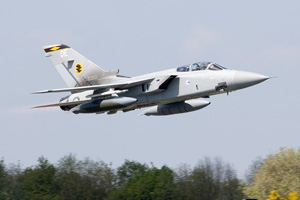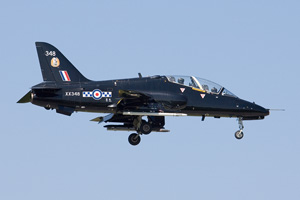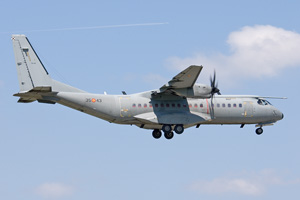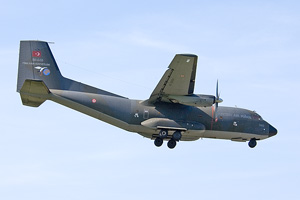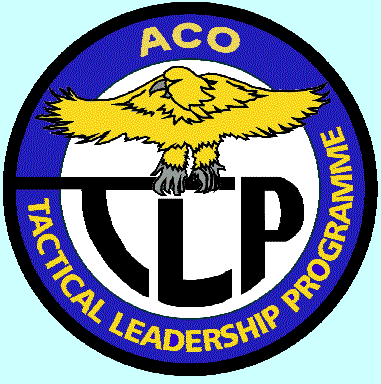
TLP 2005-03
Florennes, Belgium, May 2005
The third Tactical Leadership Course to be held at the Belgian Air Component Base of Florennes during 2005 ran during April and May that year. Like any TLP including the 2005-2 edition described here, it was intended to train NATO pilots in the art of working together in large formations of diverse aircraft types from various nations. Unlike TLP 2005-2 however, the emphasis of the aircraft types deployed with TLP 2005-3 was more on multirole and air defense types than on the specialised mud-movers during the previous course. The course during March had seen British Tornado GR.4's alongside French Mirage 2000N's en Greek F-4E(AUP)'s.
